The National Shrine Basilica of Our Lady of Las Lajas is a Catholic church built in 1754, and rebuilt several times since then. It is located on the Guáitara River, 7 km south-east of the Ipiales region of Colombia. The basilica stands on the site where the Virgin Mary, according to legend, showed a native woman and her deaf-mute daughter, and healed the latter of her condition and after her death miraculously brought her back to life. The Colombian architect Lucindo Espinosa and the equatorial engineer J. Gualberto Pérez designed the modern structure between 1916 and 1949, and it included the monumental bridge connecting the two sides of the Guáitara canyon.
Content:
- Las Lajas history:miracle of María Mueses de Quiñones
- Architectural History
- Historical Context of María Mueses:Viceroyalty of New Granada
- Cultural significance of the legend of las Lajas
- How to get to las Lajas
- Museum of las Lajas (+ entrance fee)
- Travel Tips
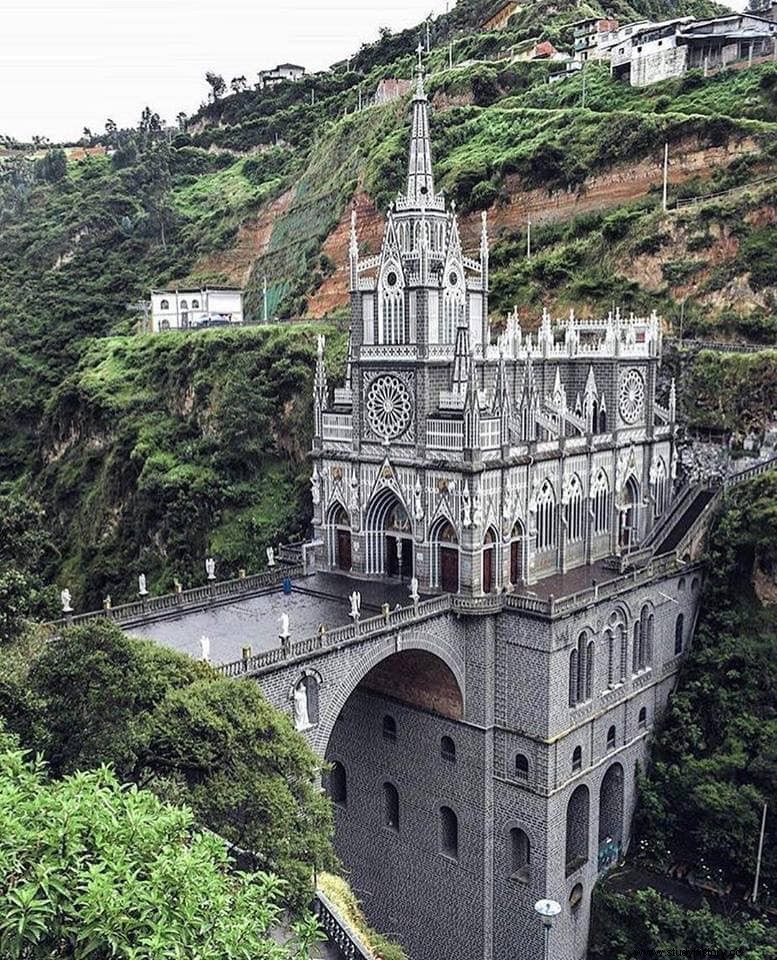
The basilica tells a story that was kept by South American Catholics. This story has considerable historical and cultural relevance, so even if you do not follow Catholicism, it is worth looking at, because it marks an important historical context in colonial South America.
The story goes that María Mueses de Quiñones, a woman in America in 1754, was walking in the canyon on her way to Ipiales when a violent storm caught her and she had to seek refuge in a cave nearby. She was aware of the stories told by the locals about the devil's appearances in this area, and she prayed to the Virgin Mary. From behind, one hand touched her shoulder, and she turned in horror, but saw nothing. Afraid, she left the cave during the heavy rain.
A few days later, on September 16, 1754, María Mueses traveled in the gorge again with her daughter Rosa, who was deaf-mute by birth. They were caught by another storm, and then Rosa spoke. She said to her mother "mestiza is calling me". María Mueses hurried to her daughter, who spoke for the first time, and saw the mestiza she pointed to. On one of the laja, the large sedimentary rocks that protect the river, stood the Virgin Mary.
María Mueses told about this that happened, but no one believed her, but when Rosa died at a young age, María Mueses returned with Rosa's body to the place where the Virgin Mary had appeared to them and prayed for her soul, and here Rosa was miraculously brought back to life. From that moment on, the site has been an important pilgrimage site for Catholics, with four temples built over the years, and in 1952 the Vatican gave it a canonical coronation.
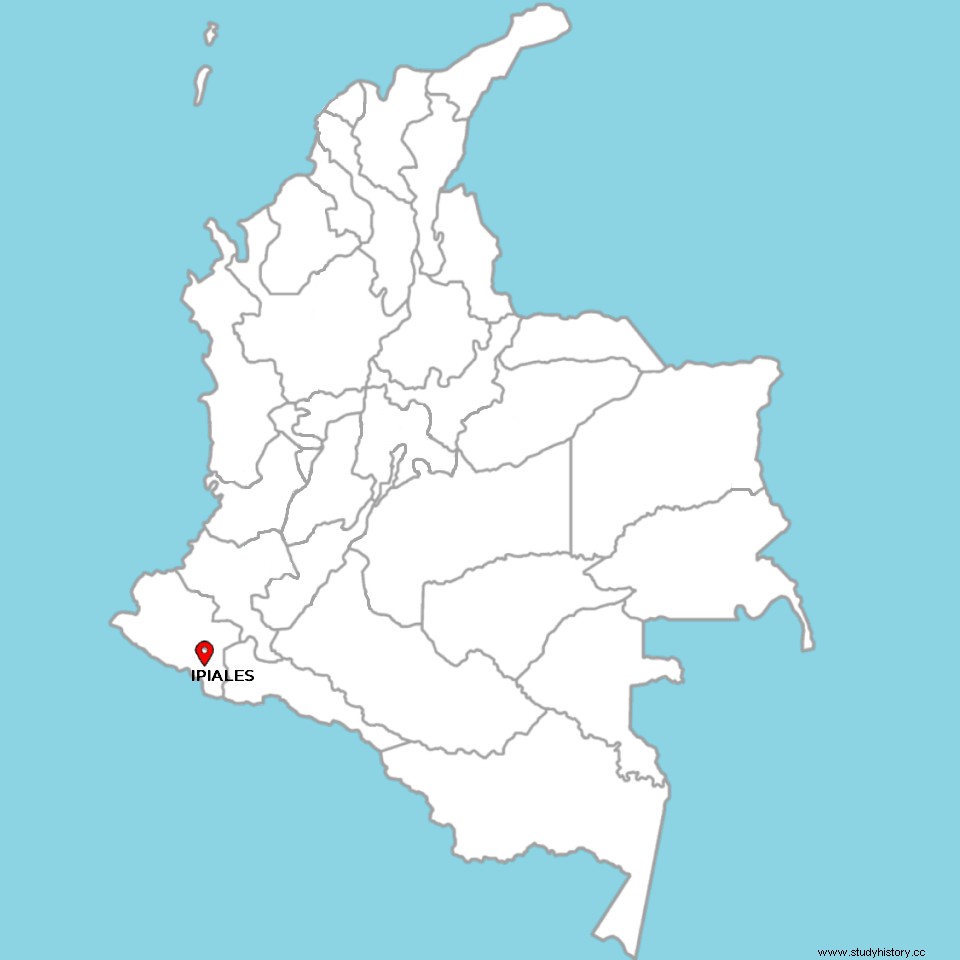
Architectural History
The shrine of Las Lajas is not only known for its religious significance, but also for its architectural beauty. It is considered by many to be the most beautiful church in South America, and it is praised for its tough location.
The first record of a shrine built at the site of the revelation is in the journal of the Spanish Franciscan Juan de Santa Gertrudis, who traveled to South America between 1756 and 1764, and it consisted of a simple hut apparently built by the monk Gabriel Villafuerte of straw and wood.
The sources vary on the construction dates of the second temple. Some say it was built between 1769 and 1776 by the priest Eusebio Mejía y Navarro. This second structure used bricks and had a dome on top. Others say it was built in 1802.
The construction of the third temple took place between 1859 and 1893, and was directed by Father José María Burbano España y Lara and the architect Mariano Aulestía. This temple lost the dome, but had a larger size and two small towers next to a small building that stood above the main block.
The fourth and final construction took place from 1916 to 1949. The job was given to the equatorial engineer J. Gualberto Pérez and the Colombian architect Lucindo Espinosa, who produced a formidable neo-Gothic style structure with gray and white stone. The present church measures 100 meters from the surface of the river to the top, 27.5 meters long and 15 meters wide, and the bridge in front of it, which connects the two sides of the gorge, measures 20 meters in length and 17 in width, and the There are statues of angels adorning it all the way though.
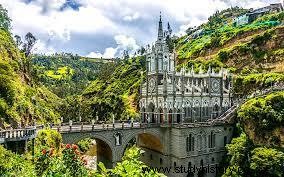
The architect Lucindo Espinosa, born in Pasto, a few kilometers north of Ipiales, was a self-taught professional who received no formal education or training in calculus or architecture. He died four years before Las Lajas ended. On the walls of the church today you can find engravings with quotes from Espinosa, one of which says "If you are looking for the monument, look around", and expresses his admiration for the natural place where las Lajas is built, which, it is believed, was chosen by the Virgin Mary for this reason.
Historical Context of María Mueses:Viceroyalty of New Granada
The eighteenth century in Latin America was not paradise for the natives, but new ideas had recently begun to enter the region that would eventually put an end to colonial rule. The Spaniards had been there since 1492, and the Portuguese almost as long. Latin America served as a backyard for European crowns to improve the economy, although many, mainly the Spaniards, handled the situation poorly and the wealth they gained from their colonies ended up in other parts of the world.
By 1717, the Viceroyalty of New Granada (Spanish:Virreinato de la Nueva Granada) had been founded, bringing the countries of Colombia, Venezuela, Ecuador and Panama together under Spanish rule. The capital of the Viceroyalty was the city of Bogota, the capital of present-day Colombia. The Spanish crown created this to maximize control of the area, which was of central importance to the Spaniards in order to continue to benefit from gold production in South America, plus the strategic position allowed them to fight piracy.
Priesthoods brought Enlightenment ideologies to South America, which is now beginning to emerge in Europe. These aristocrats put forward various policies aimed at reforming the Bourbon and modernizing administrative, productive, and commercial institutions in the Viceroyalty. Some notable examples are the opening of the first public library in Bogota by Viceroy Manuel Guirior and the implementation of the free market, which revived commercial activity between ports in South America.

Under Spanish colonial rule, indigenous peoples in South America have long since become Viceroyal slaves and forced to work in the gold and silver mines and harvest potatoes, corn and tobacco to be exported to Europe and negotiate with it. There are also various Catholic missionary expeditions, and slaves are forced by masters to join masses.
Viceroyalties were external sources that worked for the Spanish crown and whose main purpose was to collect goods for Spain. But these libertarian ideas of the Enlightenment also instilled in the native bacterium that would eventually inspire figures such as Simón Bolivar and José de San Martín to begin liberation movements.
Cultural significance of the legend of las Lajas
The story of María Mueses de Quiñones is a sign of the defeat of the pre-Spanish religion against Catholic orders. It marks, along with other stories, just how the Americans themselves are beginning to want to adopt the religion of the conquerors, which many have been forced to practice. María Mueses lives in a society that is tired of excessive taxation and forced labor, accustomed to humiliation and submission. Catholicism has largely been adopted by Americans, but it is still under the control of the Roman Catholic Church, thus treating Americans as what they are for the crown, slaves.
The daughter of María Mueses de Quiñones refers to the Virgin Mary as a "mestiza". This word means mixed race, and it refers to those born to a Spanish parent and a Native American parent. The revelation of the Virgin Mary to a native woman occurs when the Catholic god gradually replaces the native gods that the peoples of South America believed in before the arrival of the Spanish.
According to Wolf (1958), who writes about the Virgin of Guadalupe, another appearance of a mixed Mary in Mexico, the representation of the Catholic saint as mestiza represents the integration of Americans into Catholic culture.
This church, like the Mexican monument, symbolizes the drastic change in the belief that the Americans went through Spanish missionary work and colonial rule, and commemorates one of the most important steps towards complete adoption of Catholicism in this area of Latin America. However, this change is interesting only to look at the religious, and not in the political sphere, as libertarian figures like Simón Bolivar, who led one of the greatest wars of independence, show.
How to get to las Lajas
For those readers who feel interested in visiting the shrine of Nuestra Señora de las Lajas, here is the most important information you need. The only international airport in Colombia is Bogota Airport. If you are traveling by plane from any other country, this is where the journey begins. Depending on the season, you can then take a flight from Bogota to Ipiales for around $ 300 in just over 3 hours, or you can go to Pasto and then take a minibus from there for $ 250.
From Ipiales you have to go to the terminal and take a bus from there to the sanctuary of Las Lajas. The cost is 3000 Pesos, and the trip lasts about 15 minutes, and you will be ready to explore this wonderful and breathtaking construction. Admission to the church itself is free, but for the museum you will be charged an additional 3,000 pesos, but this is less than a US dollar.
For those who feel more adventurous and have a few dollars left, there is a cable car installed from Ipiales to the sanctuary. The cost is 6000 Pesos ($ 1.63 US), and from there you have to walk a kilometer, but you can also take a taxi for 9000 Pesos ($ 2.45 US).
Las Lajas Museum
Under the main church building, below the height of the bridge, las Lajas has a museum that houses everything from paintings of the church to gadgets from pre-Spanish indigenous cultures. This area of the Guáitara Gorge was controlled by the Los Pastos tribe before the arrival of the Spanish, and this museum is said to have been built on an indigenous cemetery.
In the museum you can find paintings and pictures of the different stages of the construction of the fourth temple, as well as different picture windows with pictures of Jesus and the saints and objects belonging to Pastos, such as pots and vases. The entry price is 3,000 Colombian pesos, around $ 0.80.
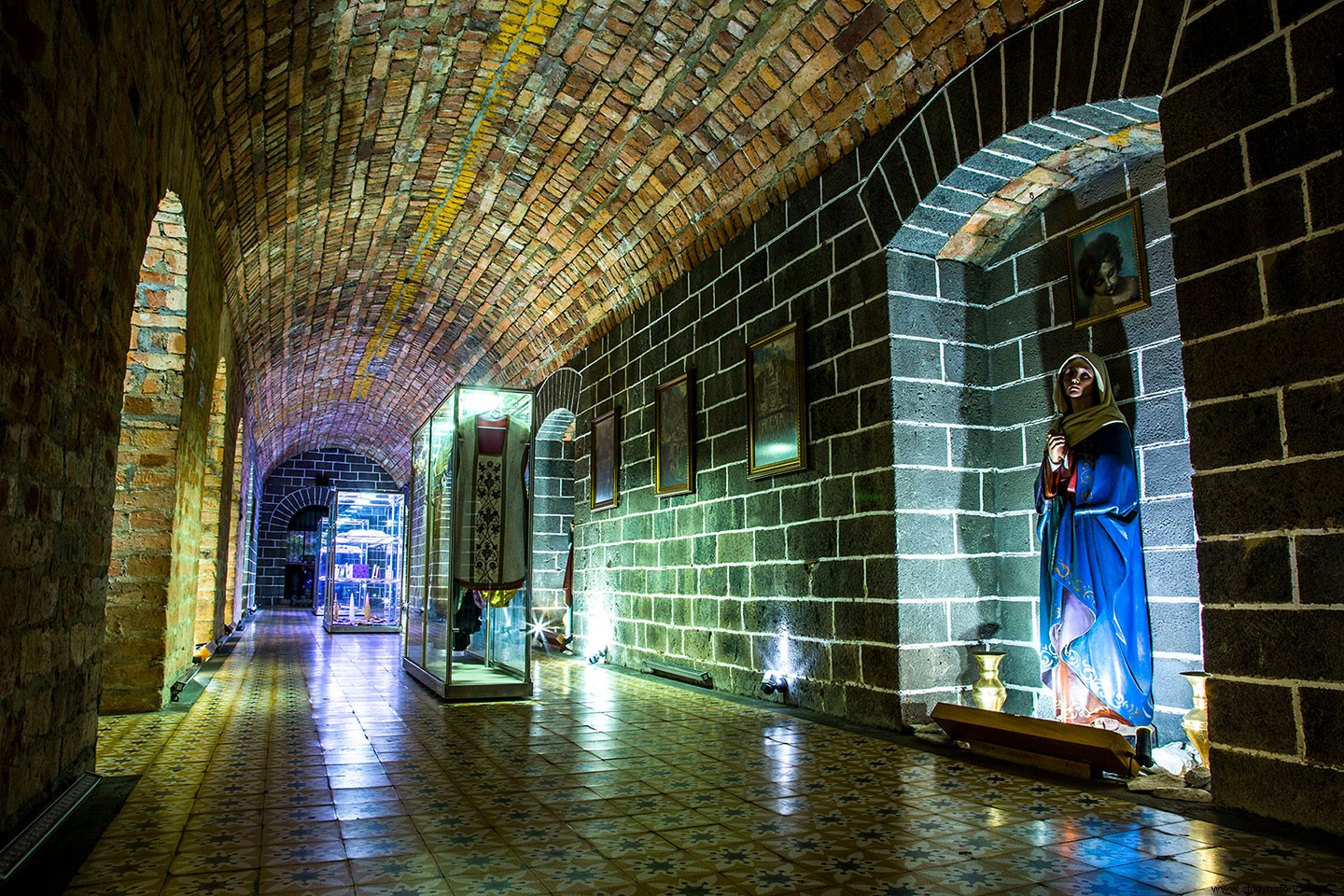
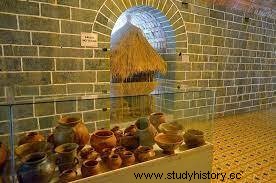
Travel tips
The department in Nariño, where Ipiales and the sanctuary of Las Lajas are located, is quite cold. Because it is in the tropics, it has a constant average temperature of 15 degrees Celsius throughout the year. Be sure to bring warm clothes and maybe scarves and gloves.
The terrain can be uneven and bumpy, especially through the paths around the church. There are also different stairs, especially for the museum, so it would be better to take comfortable clothes rather than high hills or office clothes.
